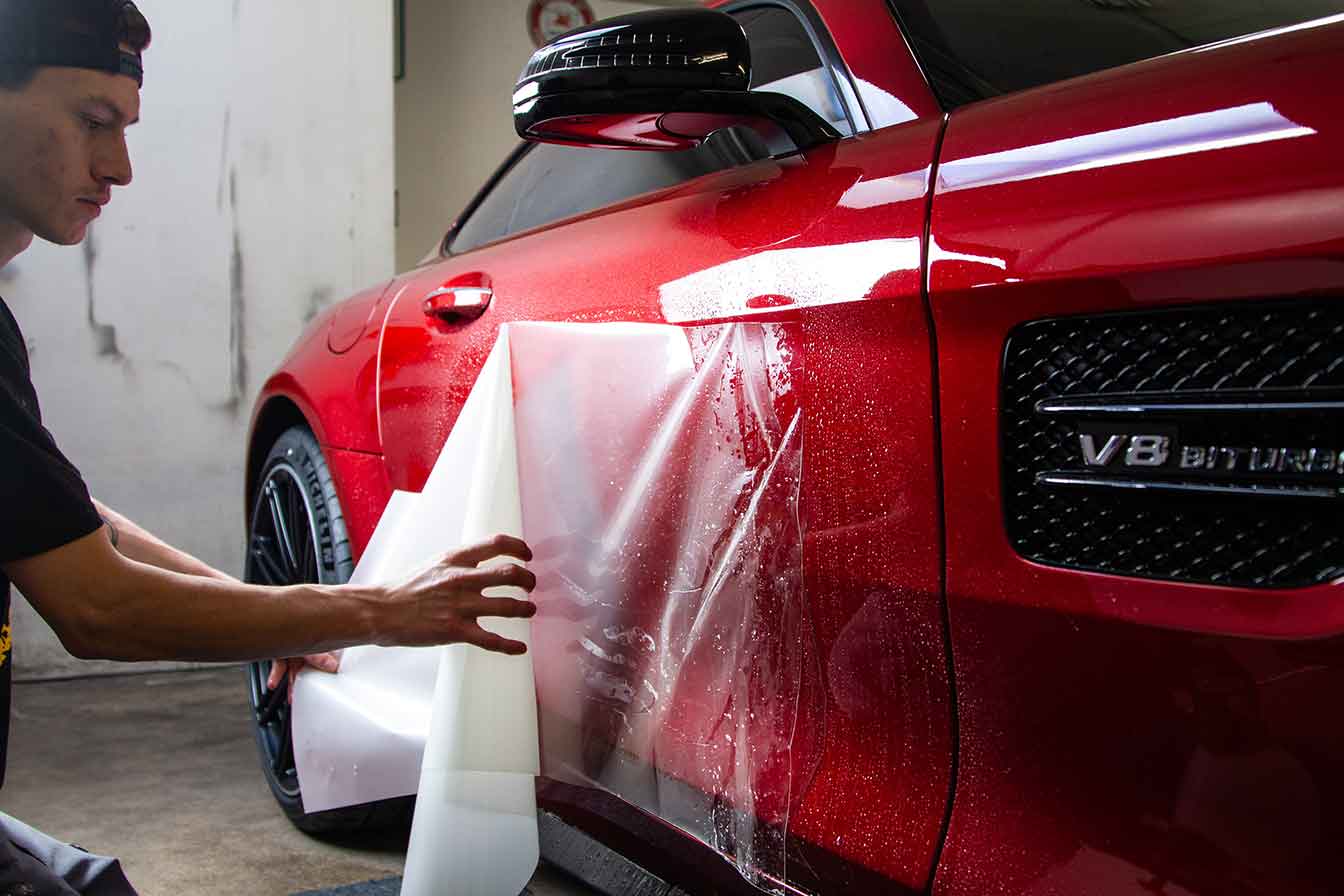A Comprehensive Overview to the Types of Ceramic Layer on the Market
Ceramic coverings have arised as a pivotal option across numerous industries due to their distinct residential properties and applications. From silica-based solutions known for their toughness to crossbreed options that merge multiple benefits, the choices readily available can be overwhelming. Recognizing the subtleties of each kind, including their certain advantages and optimal use cases, is vital for making informed choices. As we check out the distinct characteristics and applications of these layers, the implications for efficiency and long life end up being increasingly evident, questioning regarding which type could finest fit your demands.
Recognizing Ceramic Coatings
Ceramic layers are sophisticated safety options that have actually acquired popularity in different markets, especially in vehicle and aerospace applications. These finishings are composed of a liquid polymer that, when healed, forms a long lasting, hydrophobic layer on the surface of the substrate. This layer provides boosted resistance to ecological impurities, UV radiation, and chemical exposure, thereby extending the life and visual charm of the underlying product.
The essential component of ceramic finishes is silica, which contributes to their hardness and longevity. The application procedure normally includes surface preparation, application of the finishing, and treating, which can be accomplished with warm or UV light. As soon as healed, ceramic finishes show outstanding bonding residential or commercial properties, permitting them to stick strongly to a selection of surfaces, including steels, plastics, and glass.
Along with their protective features, ceramic coatings likewise use simplicity of upkeep. Their hydrophobic nature reduces the adherence of dirt and gunk, making cleaning easier and less frequent. Overall, the fostering of ceramic finishings represents a considerable advancement in surface area protection technology, offering both useful and aesthetic benefits throughout several industries.
Types of Ceramic Coatings
Numerous sorts of ceramic layers are readily available, each designed to meet details performance requirements and applications - scratch repair sarasota. One of the most common types consist of:
Silica-based Coatings: These coverings mainly include silicon dioxide and are known for their durability and chemical resistance. They are commonly made use of in automotive and commercial applications.
Titanium Dioxide Coatings: Popular for their photocatalytic homes, titanium dioxide coverings are usually used in atmospheres where self-cleaning and antifungal homes are desirable, such as in structure materials and automobile coatings.
Zirconia Coatings: Defined by their high-temperature security and thermal resistance, zirconia finishings are utilized in applications such as wind turbine engines and high-performance auto parts.
Alumina Coatings: Showing exceptional solidity and thermal stability, alumina coverings are regularly used in wear-resistant applications, including reducing devices and commercial machinery. - Paint Protection Film
Hybrid Coatings: Combining the residential or commercial properties of different materials, hybrid layers provide improved performance attributes, making them ideal for special and requiring applications.
Each kind of ceramic coating offers unique functions, permitting users to choose the most proper remedy based upon specific environmental problems and performance requirements.
Advantages of Ceramic Coatings
Ceramic finishings, in certain, offer numerous benefits that make them increasingly popular among suppliers and customers alike. These finishings are immune to scratches, chemicals, and UV rays, making sure that the underlying surface remains secured over time.
In enhancement to sturdiness, helpful hints ceramic coatings offer excellent hydrophobic properties, permitting very easy cleansing and upkeep. This water-repellent nature reduces the adherence of dirt, gunk, and other pollutants, which can extend the aesthetic allure and capability of the surface area. Ceramic finishes can dramatically boost thermal resistance, making them suitable for applications that sustain high temperature levels.

Application Process
When applying ceramic coverings, a meticulous technique is important to achieve ideal results. The application process typically begins with detailed surface prep work. This includes cleaning, decontaminating, and brightening the surface to eliminate all impurities, including dust, oil, and prior waxes or sealants. A tidy surface guarantees correct adhesion of the covering.
Once the surface area is prepped, the next action is to use the ceramic covering. This can be done utilizing an applicator pad or a microfiber towel, guaranteeing even protection. It is important to function in tiny sections to keep control and stop early treating. The finish ought to be applied in slim layers, as thicker applications can bring about uneven finishes.
After application, the covering needs a details treating time, commonly varying from a few hours to a complete day, relying on the product. During this time around, it is vital to stay clear of direct exposure to wetness or pollutants. A mild buffing may be needed after healing to boost the gloss and get rid of any kind of high areas. Complying with these steps faithfully will make the most of the effectiveness and click here to read longevity of the ceramic finishing, offering a resilient safety layer for the surface area.
Upkeep and Longevity
To make certain the durability and effectiveness of a ceramic finishing, routine upkeep is vital. Ceramic coatings, understood for their longevity and safety high qualities, require certain treatment regimens to maximize their lifespan and efficiency.
Along with routine washing, routine examinations are essential. Look for indicators of wear or damage, such as hydrophobic residential or commercial properties lessening or surface flaws. If essential, a light gloss might be related to revitalize the layer without stripping it away.
Additionally, the application of a booster spray can improve the finish's hydrophobic impacts and restore its gloss. This is particularly useful for coatings that have been in use for a prolonged period. Eventually, by sticking to these maintenance methods, one can dramatically extend the life of a ceramic covering, guaranteeing that it continues to offer optimal protection against environmental variables and keep the visual charm of the automobile.
Verdict
